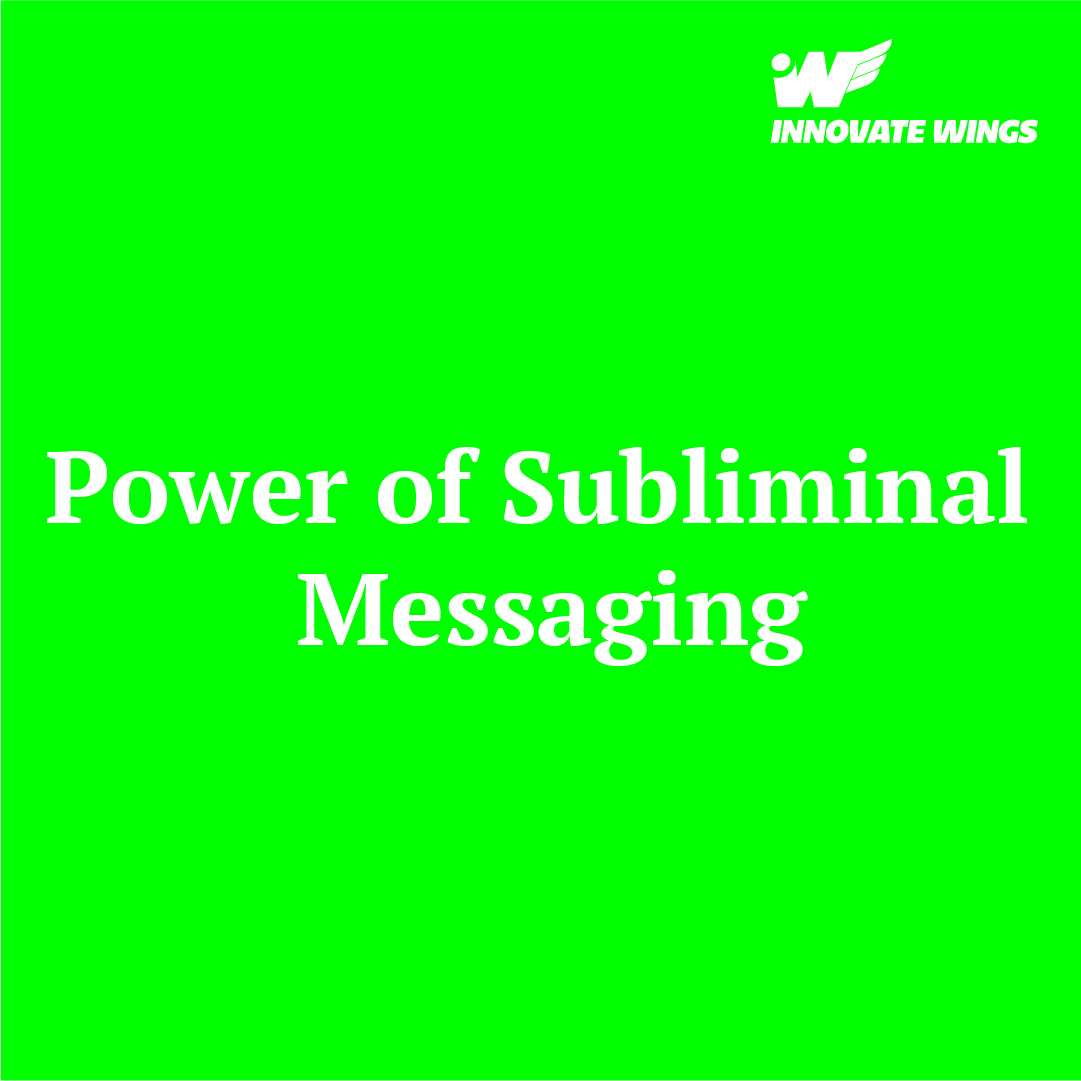

In the realm of marketing, brands are constantly seeking innovative strategies to capture consumers' attention and leave a lasting impression. One such technique that has garnered attention is subliminal messaging – the subtle inclusion of messages or stimuli that are perceived by the subconscious mind without conscious awareness. This article explores the concept of subliminal messaging and how brands can leverage it to enhance brand recall and influence consumer behavior.
Understanding Subliminal Messaging
Subliminal messaging involves the presentation of stimuli below the threshold of conscious awareness, making it imperceptible to the conscious mind but potentially impactful on the subconscious. These stimuli can take various forms, including visual cues, auditory signals, and even subtle language patterns. While the effectiveness of subliminal messaging is debated, research suggests that it can influence attitudes, emotions, and behaviors to some extent.
Enhancing Brand Recall
One of the primary objectives of subliminal messaging in marketing is to enhance brand recall – the ability of consumers to remember and recognize a brand in various contexts. By strategically embedding brand-related stimuli into marketing materials, such as advertisements, packaging, and digital content, brands can increase the likelihood of their brand being recalled and recognized by consumers, even in the absence of conscious awareness.
Key Strategies for Leveraging Subliminal Messaging
Visual Elements: Incorporate subtle visual elements, such as logos, brand colors, and symbols, into marketing materials. These visual cues can evoke associations with the brand on a subconscious level, reinforcing brand identity and increasing brand recall over time.
Audio Cues
Utilize subtle auditory signals, such as jingles, sound effects, or even brand-specific tones, in audiovisual content or radio advertisements. These auditory cues can create a sense of familiarity and evoke positive emotions, contributing to increased brand recall among consumers.
Subtle Language Patterns
Integrate subtle language patterns or mnemonic devices into marketing messages, such as rhymes, alliteration, or repetition of brand slogans. These linguistic techniques can enhance memorability and make the brand more salient in the minds of consumers, leading to improved brand recall. Implicit Associations: Capitalize on implicit associations between the brand and desirable attributes or emotions. Through carefully crafted imagery and messaging, brands can subtly link themselves with positive experiences, values, or aspirations, strengthening the subconscious connection and facilitating brand recall in relevant contexts.
Ethical Considerations and Best Practices
It's essential for brands to approach the use of subliminal messaging ethically and responsibly. Transparency and honesty should always be prioritized, and brands should avoid manipulating or deceiving consumers through covert techniques. Furthermore, brands should conduct thorough testing and research to ensure that subliminal messaging efforts are aligned with their brand values and resonate positively with their target audience.
Conclusion
While subliminal messaging remains a controversial and debated topic in the field of marketing, its potential to enhance brand recall and influence consumer behavior cannot be overlooked. By strategically incorporating subtle stimuli into marketing materials and campaigns, brands can strengthen their presence in the minds of consumers and create lasting impressions that drive brand loyalty and engagement. However, it's crucial for brands to approach the use of subliminal messaging with caution, transparency, and a commitment to ethical practices to maintain trust and credibility with their audience.